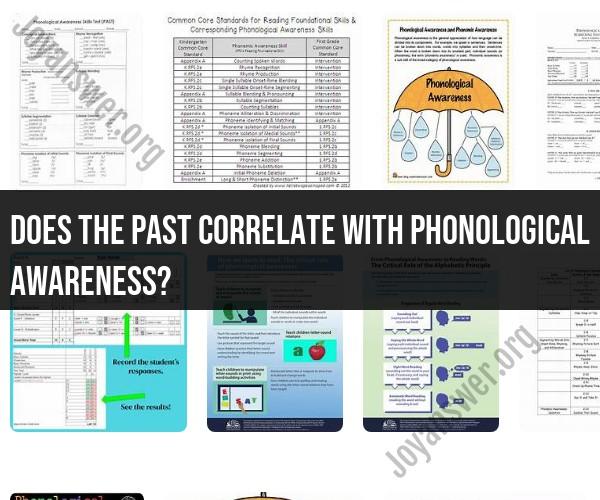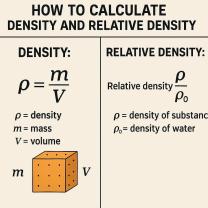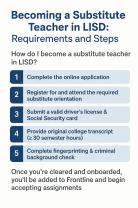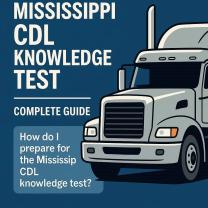Does the past correlate with phonological awareness?
Understanding Phonological Awareness
Phonological awareness is a fundamental skill in language development and literacy. It involves the ability to recognize and manipulate the sounds of language, such as identifying rhyming words, breaking words into syllables, or recognizing phonemes (individual speech sounds). Phonological awareness is a crucial building block for reading and writing skills.
The Concept of "The Past"
"The past" refers to events, experiences, or time periods that have occurred before the present. It encompasses historical, cultural, and personal contexts. Discussions about the past often involve exploring historical records, oral histories, and narratives that provide insights into previous times and events.
Exploring the Connection
At first glance, there may not appear to be a direct correlation between phonological awareness and the concept of the past. They represent distinct cognitive domains:
- Phonological awareness focuses on language and sound recognition.
- "The past" pertains to historical, cultural, and temporal contexts.
Indirect Relationship
However, while there is no inherent or direct correlation, strong phonological awareness skills can indirectly support our ability to engage with and understand information about the past:
- When reading historical texts, clear phonological skills aid in pronunciation, comprehension, and fluency.
- Listening to oral history accounts benefits from phonological awareness, allowing for better understanding of spoken narratives.
- Engaging in discussions about past events and experiences requires effective communication, where phonological skills play a role.
In summary, while phonological awareness and the concept of the past are distinct, the former can facilitate our engagement with information about historical events and experiences. Effective language and communication skills, including phonological awareness, enhance our ability to comprehend, discuss, and appreciate the past.
Exploring the Correlation Between the Past and Phonological Awareness
Phonological awareness is the ability to recognize and manipulate the sound components of words. It is a critical skill for reading development. Research has shown that there is a strong correlation between phonological awareness and reading achievement.
However, there is also growing evidence to suggest that there is a correlation between a child's past experiences and their phonological awareness development. For example, children who come from homes with limited exposure to literacy activities are more likely to have lower phonological awareness skills.
There are a number of possible explanations for this correlation. One possibility is that children who are exposed to literacy activities at home are more likely to have opportunities to develop their phonological awareness skills. For example, when parents read to their children, they are often pointing out the different sounds in words. This can help children to become more aware of the sound structure of language.
Another possibility is that children who come from homes with limited exposure to literacy activities may be more likely to have language delays. This can make it more difficult for them to develop their phonological awareness skills.
Historical Influences on Phonological Awareness Development
The historical influences on phonological awareness development are complex and multifaceted. However, there are a few key factors that have played a role in shaping the way that phonological awareness is taught and understood today.
One important factor is the development of phonics instruction. Phonics is a method of teaching reading that focuses on the relationship between letters and sounds. Phonics instruction began to gain popularity in the early 1900s, and it has been a mainstay of reading instruction ever since.
Another important factor is the development of standardized testing. Standardized tests are used to measure student achievement in a variety of subjects, including reading. Many standardized reading tests include measures of phonological awareness. This has led to increased emphasis on phonological awareness instruction in schools.
Phonological Awareness and Its Relationship to Historical Factors
The relationship between phonological awareness and historical factors is complex. However, it is clear that phonological awareness has played an important role in the development of reading instruction and assessment.
It is also important to note that the way that phonological awareness is taught and understood has evolved over time. For example, in the early days of phonics instruction, there was a focus on teaching children to segment words into individual sounds. However, more recent research has shown that it is also important to teach children about the larger sound units in words, such as syllables and onsets and rimes.
Conclusion
The correlation between the past and phonological awareness is a complex and fascinating topic. There is a growing body of research that suggests that a child's past experiences can have a significant impact on their phonological awareness development. This research has important implications for educators and parents. It is important to create opportunities for all children to develop their phonological awareness skills, regardless of their background.













